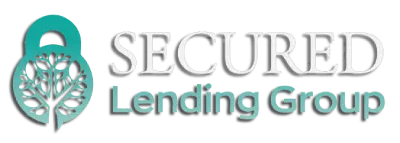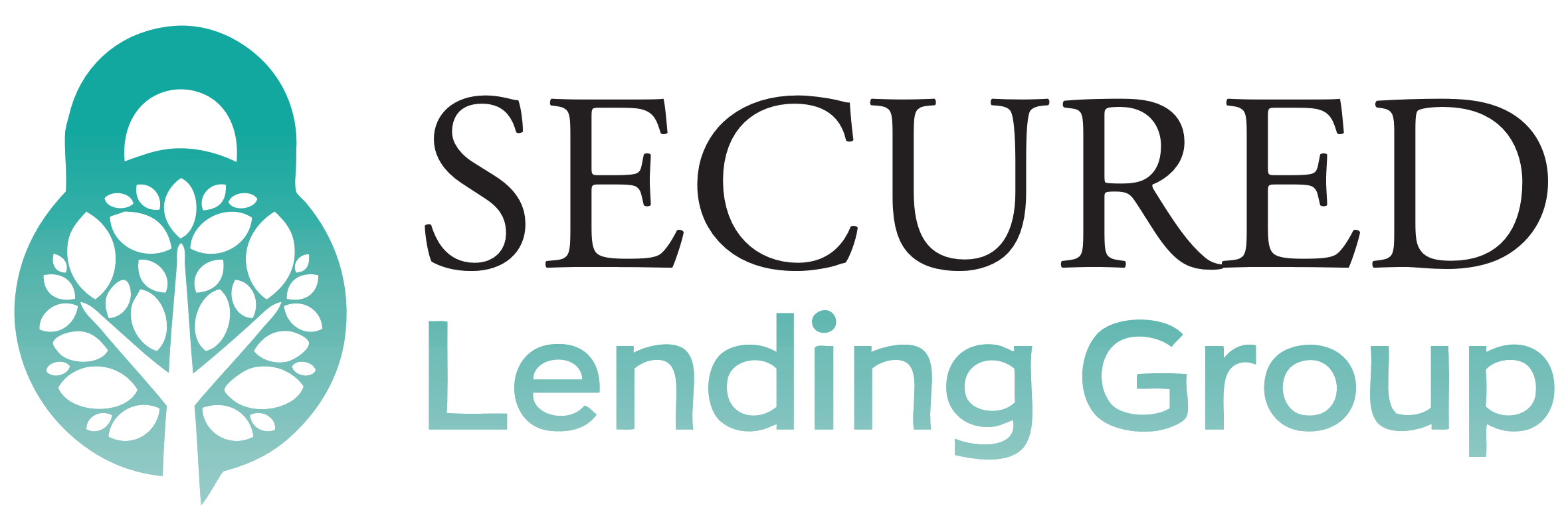Bank Statement Loan
A Bank Statement Loan is a type of mortgage loan that allows borrowers to qualify for a loan based on their bank statements rather than traditional documentation like W-2s, tax returns, or pay stubs. This type of loan is often used by self-employed individuals, business owners, or anyone whose income is not easily documented through standard methods.
Here’s how a bank statement loan works:
- Qualification Based on Bank Statements:
- Instead of providing traditional income documentation (e.g., W-2 forms or pay stubs), borrowers provide personal or business bank statements to demonstrate their income.
- Lenders typically require 12 to 24 months of bank statements (both personal and business accounts, depending on the borrower’s situation) to verify the borrower’s income.
- Income Verification:
- The lender looks at the average monthly deposits, income patterns, and the consistency of earnings over the specified period.
- They will typically consider all deposits into the bank account, including income from business revenues, freelance work, or other sources of income.
- Self-employed individuals may be able to use their business bank statements to show their revenue, and for some loans, only the deposits into the account matter, not the expenses.
- Types of Bank Statement Loans:
- Personal Bank Statement Loans: These loans use the borrower’s personal bank statements to assess income.
- Business Bank Statement Loans: These loans use the borrower’s business bank statements to demonstrate income for self-employed individuals or business owners.
- Loan Amount and Approval:
- Lenders typically determine how much you can borrow based on your average monthly deposits over the past 12 to 24 months.
- The maximum loan amount and interest rate can vary based on the size of your deposits and overall financial situation.
- Lenders may also consider other factors such as credit score, assets, and the down payment when approving the loan.
- Advantages:
- Easier for the Self-Employed: Self-employed individuals who don’t have a regular paycheck and may not qualify for a traditional loan can use a bank statement loan to secure financing.
- Flexibility: Bank statement loans allow more flexibility in income documentation, making it easier for business owners or freelancers to qualify.
- Disadvantages:
- Higher Interest Rates: Bank statement loans often come with higher interest rates compared to traditional loans because they are considered riskier due to the lack of traditional documentation.
- Higher Down Payments: Borrowers may be required to put down a larger down payment to mitigate the lender’s risk.
- Additional Fees: There may be additional fees or more stringent credit requirements.
- When to Consider a Bank Statement Loan:
- If you’re self-employed and don’t have a traditional salary or W-2 income, a bank statement loan can be a good option.
- If you have irregular income or high income but significant deductions (which might affect your tax returns), this loan can help you qualify for a mortgage based on your actual bank deposits.
- This type of loan is useful for borrowers who have strong cash flow but may not meet traditional mortgage requirements.
In summary, a bank statement loan offers a great alternative for self-employed individuals or those with irregular income who may not have the traditional paperwork required for a conventional mortgage. However, it’s important to consider the higher costs and the stricter qualifications that may come with this type of loan.


